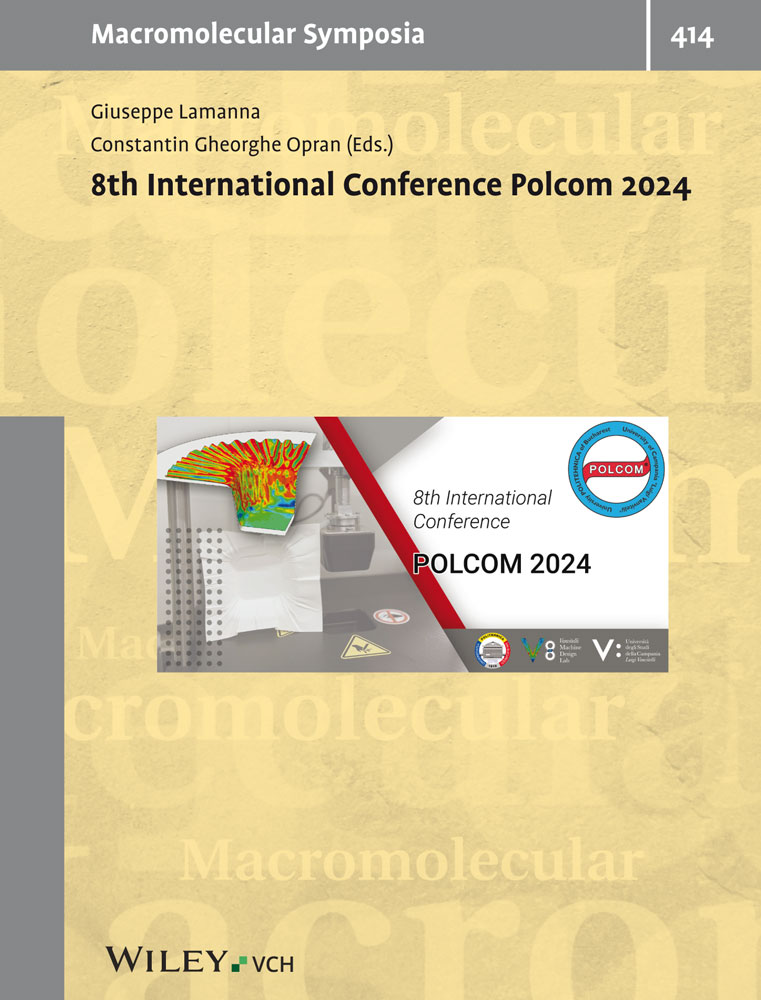Heteropolyacids dispersed within a polymer matrix as a new catalytic systems with controlled oxidative-reductive and acid-base active centers
Abstract
Polymer support such as polypyrrole was selected as a matrix for heteropolyacid H5PMo10V2O40 in an attempt to prepare heterogeneous catalysts containing two different active centers: protons and transition metal ions. Exchanging protons from heteropolyanions dispersed in polymer matrix into ferric or ferrous ions cause the modifications of their catalytic properties. It is manifested by decrease of activity of acid-base centers and increase of activity of oxidative-reductive centers. Oxidation state of iron in all samples before and after catalytic reaction is the same (Fe(III)), but their structure is not similar. For catalysts doped with ferric ions the structural order is much more pronounced than for these doped with ferrous ions.




